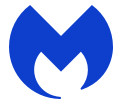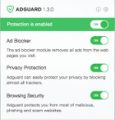What is BinaryEngine
BinaryEngine is an adware application that targets Apple computers. Adware is not as dangerous as such as a computer virus or Ransomware, but its presence can bring constant pop-up windows and/or annoying ads. Actually creators of adware is associated with some merchants and by showing adverts to users they generate revenue for yourself. These advertisements not only bother your browsing experience but also redirect you to malicious and scam sites.
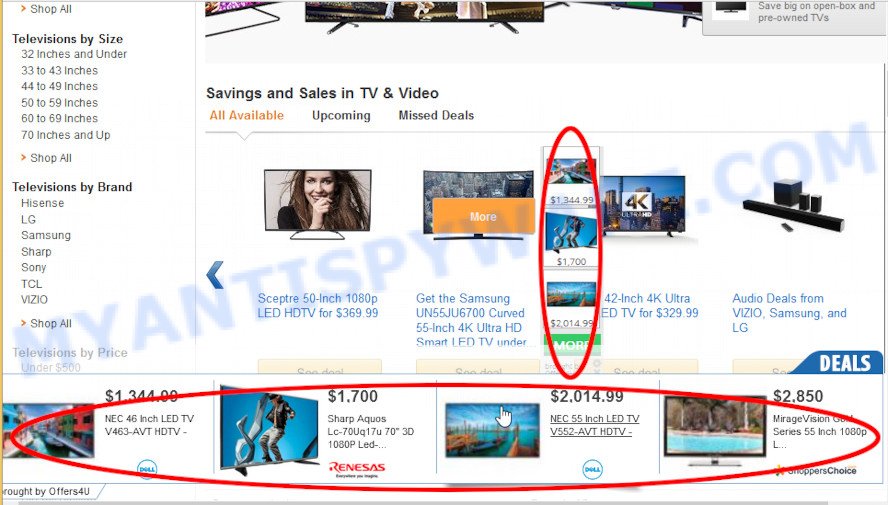
Unwanted ads
Another reason why you need to get rid of the BinaryEngine adware is its online data-tracking activity. It can be used to gather and transmit sensitive info without your knowledge. The adware is able to track information about web pages visited, internet browser and system information, and your computer IP address. So, we recommend you delete BinaryEngine ASAP. This will also prevent the adware from tracking your online activities. A full BinaryEngine removal can be easily carried out using manual or automatic solution listed below.
How does BinaryEngine get on your computer
The adware software was probably installed on your Apple Mac when you installed some freeware like Email checker, PDF creator, video codec, etc. Because more often than not, adware can be bundled with the installation files of Softonic, Cnet, Soft32, Brothersoft or other similar software download sites. Thus, you must be very careful when running any files downloaded from the Web! Always read the User Agreement, Software License and Terms of Use carefully. In the installation wizard, you should select the Advanced, Custom or Manual installation option to specify which components and third-party software to install.
Threat Summary
| Name | BinaryEngine, “BinaryEngine 1.0 extension” |
| Type | adware, potentially unwanted application (PUA), Mac malware, Mac virus |
| Detection Names | Adware.MAC.Generic, MacOS.Agent-MT, Program:MacOS/Vigram.A, Trojan-Downloader.OSX.Adload, Adware/Adload!OSX, ApplicUnwnt, OSX.Trojan.Gen and Osx.Adware.Cimpli |
| Distribution | Freeware installers, fake update tools, torrent downloads and shady pop-up ads |
| Symptoms | The website links redirect to a websites different from what you expected, unclosable window appear and recommend fake Flash updates, your computer starts automatically installing unexpected programs, unwanted internet browser toolbars, your browser settings are being changed without your request, slow Internet browsing speeds. |
| Removal | BinaryEngine removal guide |
How to remove BinaryEngine adware
The answer is right here on this page. We have put together simplicity and efficiency. It will help you easily to clean your MAC of unwanted ads and uninstall BinaryEngine. Moreover, you can select manual or automatic removal method. If you’re familiar with the Mac computer then use manual removal, otherwise use the free anti malware tool developed specifically to delete adware software. Of course, you may combine both methods. Read it once, after doing so, please bookmark this page (or open it on your smartphone) as you may need to exit your browser or reboot your MAC OS.
To remove BinaryEngine, follow the steps below:
- Remove unwanted profiles on Mac device
- Check the list of installed applications
- Remove BinaryEngine related files and folders
- Scan your Mac with MalwareBytes
- Remove BinaryEngine from Safari, Chrome, Firefox
- How to stay safe online
Remove unwanted profiles on Mac device
BinaryEngine can make changes to the Mac system such as malicious changes to browser settings, and the addition of malicious system profiles. You need to check the system preferences, find and remove malicious profiles and ensure your settings are as you expect.
Click the System Preferences icon ( ![]() ) in the Dock, or choose Apple menu (
) in the Dock, or choose Apple menu ( ![]() ) > System Preferences.
) > System Preferences.
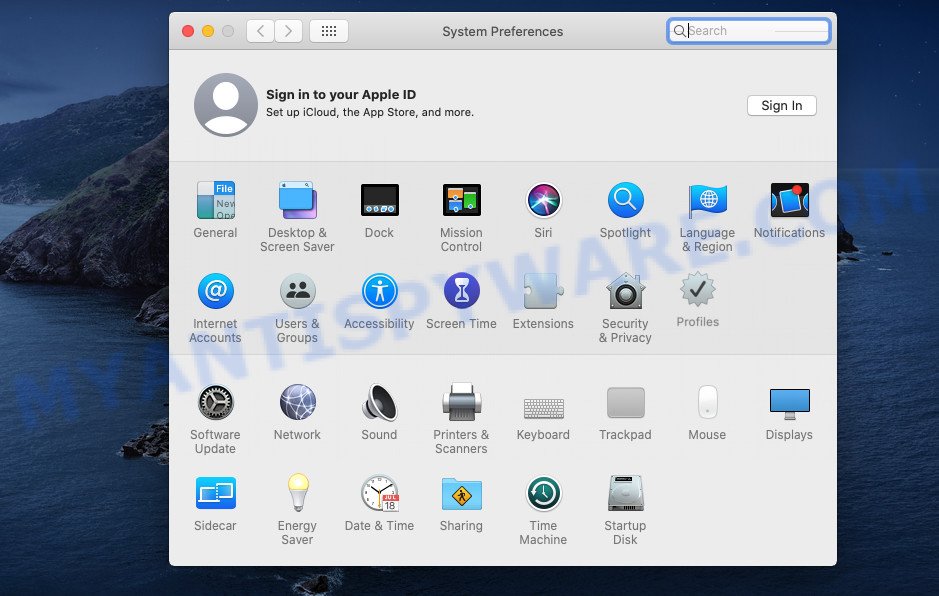
In System Preferences, click Profiles, then select a profile associated with BinaryEngine.
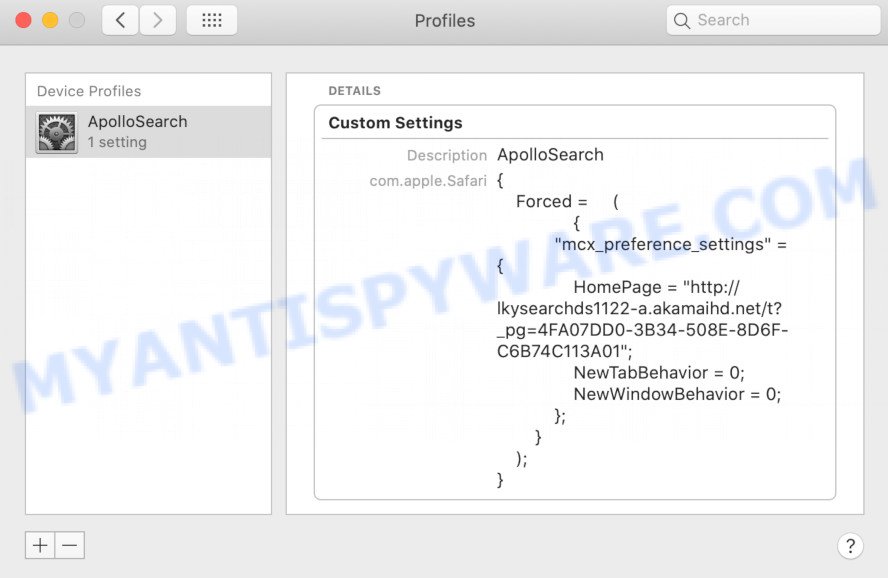
Click the minus button ( – ) located at the bottom-left of the Profiles screen to remove the profile.
Note: if you do not see Profiles in the System Preferences, that means there are no profiles installed on your Apple computer, which is normal.
Check the list of installed applications
Check the list of installed programs on your Apple computer and remove all unknown and recently installed apps. If you see an unknown application with incorrect spelling or varying capital letters, it have most likely been installed by malicious software and you should clean it off first with malicious software removal tool such as MalwareBytes Anti-Malware.
Open Finder and click “Applications” as shown below.
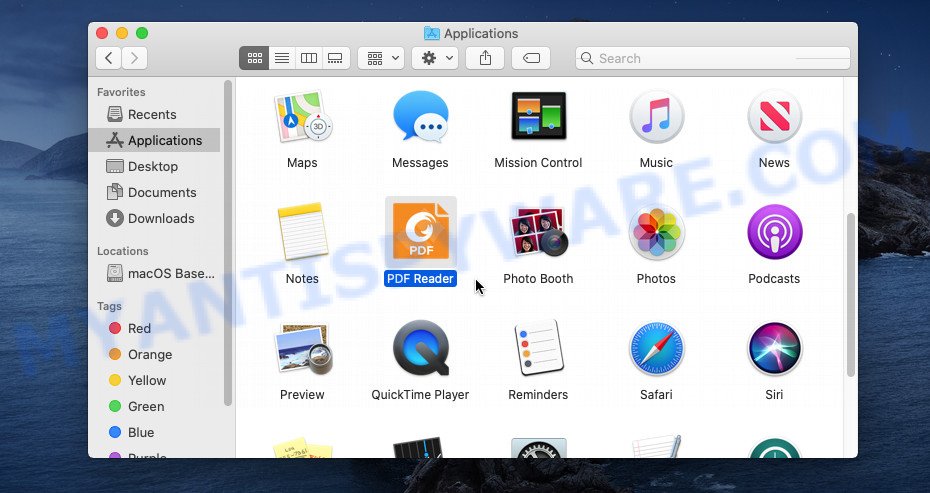
You will see a list of programs installed on your computer. We recommend to pay maximum attention to the program you installed last. Most probably, it’s the BinaryEngine adware software. If you are in doubt, you can always check the program by doing a search for her name in Google, Yahoo or Bing.
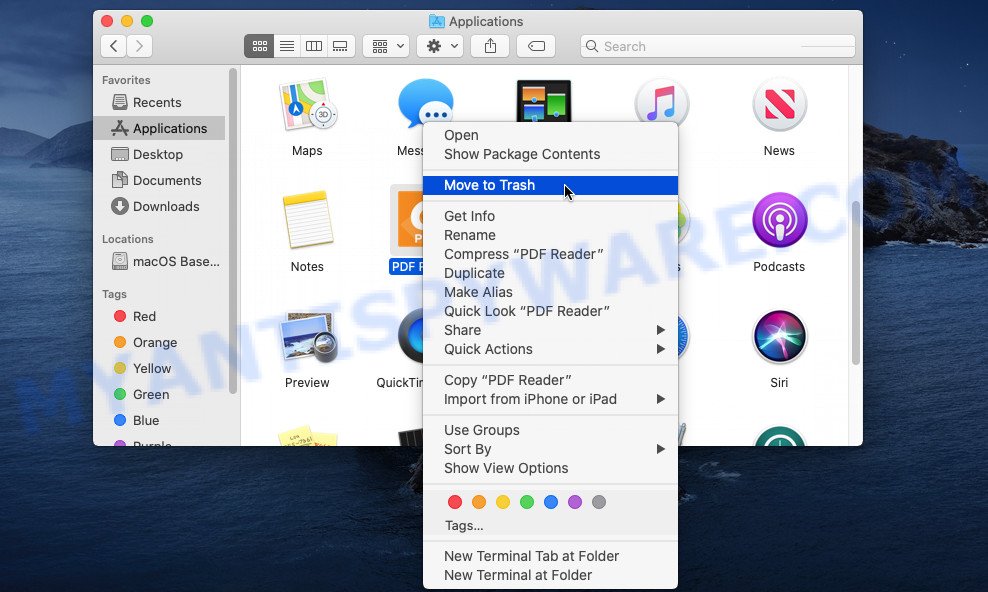
Once the program which you need to delete is found, simply right click on its name, and select “Move to Trash”.
Don’t forget, select Finder, then “Empty Trash”.
Remove BinaryEngine related files and folders
Now you need to try to find BinaryEngine related files and folders, and then delete them manually. You need to look for these files in certain directories. To quickly open them, we recommend using the “Go to Folder…” command.
BinaryEngine creates several files, these files must be found and removed. Below is a list of files associated with this unwanted program.
- /Library/LaunchDaemons/com.BinaryEngine.system.plist
- ~/Library/LaunchAgents/com.BinaryEngine.service.plist
- /Library/Application Support/.(RANDOM)/System/com.BinaryEngine.system
- ~/Library/Application Support/.(RANDOM)/Services/com.BinaryEngine.service.app
Some files created by BinaryEngine are hidden from the user. To find and delete them, you need to enable “show hidden files”. To do this, use the shortcut CMD + SHIFT + . Press once to show hidden files and again to hide them. There is another way. Click Finder -> Applications -> Utilities -> Terminal. In Terminal, paste the following text: defaults write com.apple.finder AppleShowAllFiles YES

Press Enter. Hold the ‘Option/alt’ key, then right click on the Finder icon in the dock and click Relaunch.
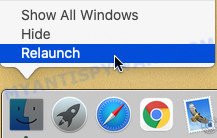
Click on the Finder icon. From the menu bar, select Go and click “Go to Folder…”. As a result, a small window opens that allows you to quickly open a specific directory.

Check for BinaryEngine generated files in the /Library/LaunchAgents folder

In the “Go to Folder…” window, type the following text and press Go:
/Library/LaunchAgents
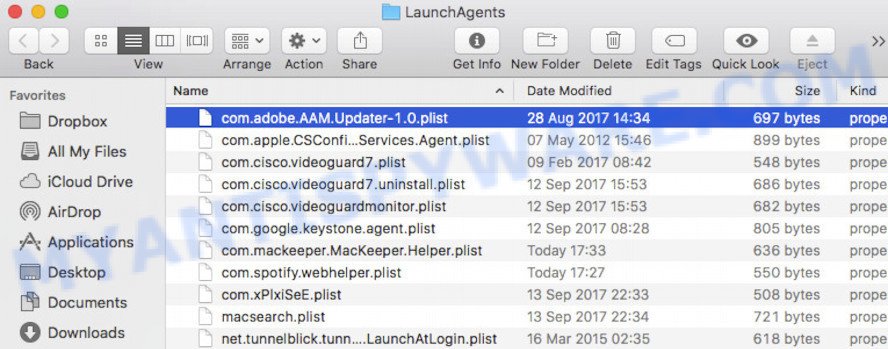
This will open the contents of the “/Library/LaunchAgents” folder. Look carefully at it and pay special attention to recently created files, as well as files that have a suspicious name. Move all suspicious files to the Trash. A few examples of files: macsearch.plist, installapp.plist, com.google.defaultsearch.plist, , com.net-preferences.plist, search.plist, com.BinaryEngine.service.plist and com.machelper.plist. Most often, PUPs, adware and browser hijackers create several files with similar names.
Check for BinaryEngine generated files in the /Library/Application Support folder

In the “Go to Folder…” window, type the following text and press Go:
/Library/Application Support
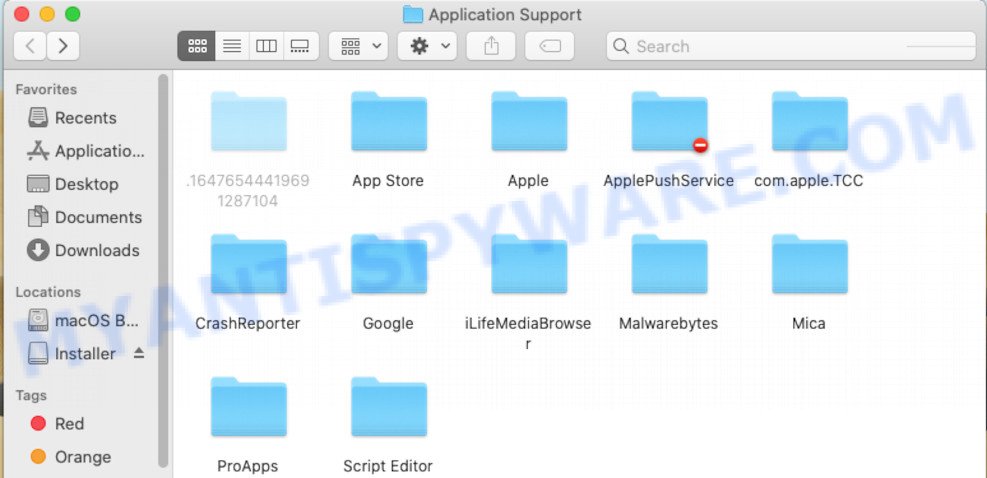
This will open the contents of the “Application Support” folder. Look carefully at its contents, pay special attention to recently added/changed folders and files. Check the contents of suspicious folders, if there is a file with a name similar to com.BinaryEngine.system, then this folder must be deleted. Move all suspicious folders and files to the Trash.
Check for BinaryEngine generated files in the “~/Library/LaunchAgents” folder

In the “Go to Folder…” window, type the following text and press Go:
~/Library/LaunchAgents

Proceed in the same way as with the “/Library/LaunchAgents” and “/Library/Application Support” folders. Look for suspicious and recently added files. Move all suspicious files to the Trash.
Check for BinaryEngine generated files in the /Library/LaunchDaemons folder
In the “Go to Folder…” window, type the following text and press Go:
/Library/LaunchDaemons

Carefully browse the entire list of files and pay special attention to recently created files, as well as files that have a suspicious name. Move all suspicious files to the Trash. A few examples of files to be deleted: com.search.system.plist, com.BinaryEngine.system.plist, com.installapp.system.plist, com.machelper.system.plist and com.macsearch.system.plist. In most cases, browser hijackers, adware software and potentially unwanted programs create several files with similar names.
Scan your Mac with MalwareBytes
You can delete BinaryEngine associated files automatically with a help of MalwareBytes. We advise this free malicious software removal utility because it may easily get rid of browser hijackers, toolbars, adware software and potentially unwanted programs with all their components such as files, folders and system entries.
Visit the following page to download MalwareBytes.
21020 downloads
Author: Malwarebytes
Category: Security tools
Update: September 10, 2020
After the downloading process is done, close all programs and windows on your MAC. Run the saved file. Follow the prompts.
The MalwareBytes will automatically start and you can see its main screen as displayed below.
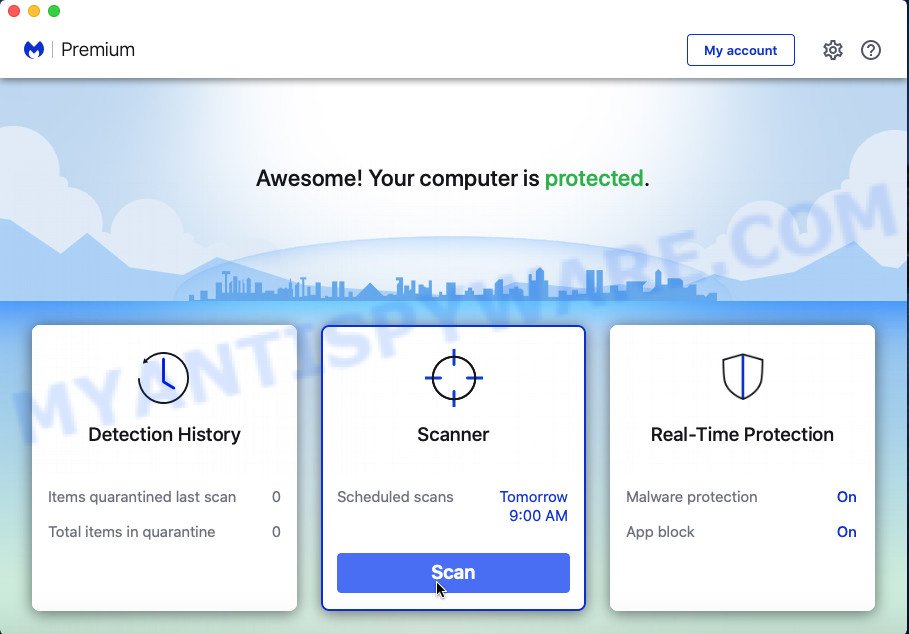
Now press the “Scan” button to begin scanning your machine for the BinaryEngine . During the scan MalwareBytes Anti-Malware will detect threats present on your MAC OS.
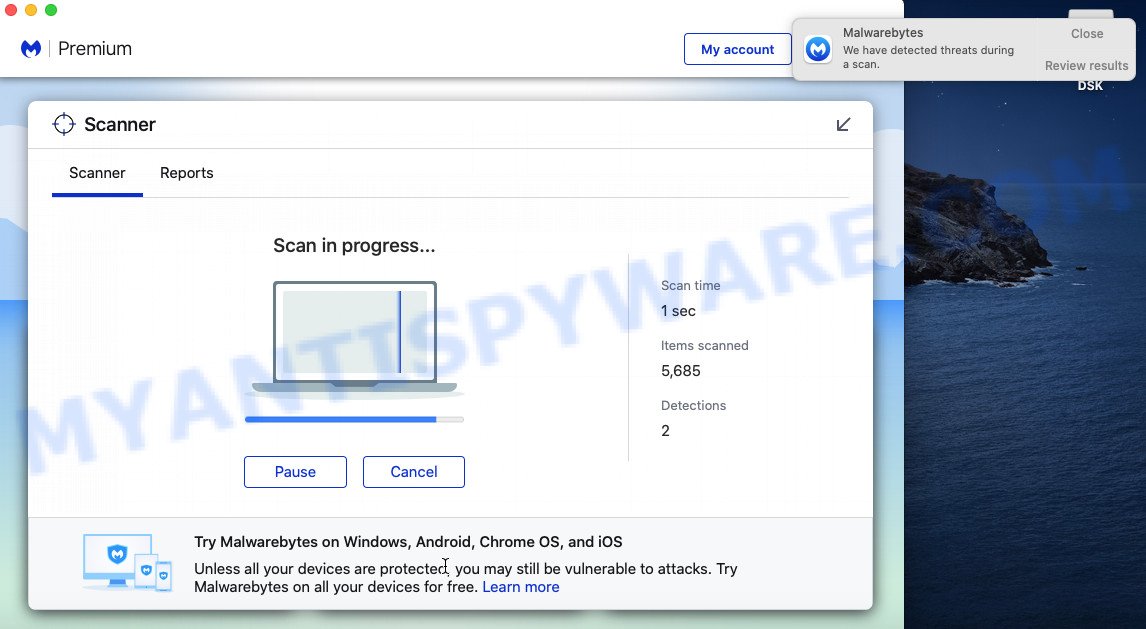
As the scanning ends, the results are displayed in the scan report. Review the scan results and then click the “Quarantine” button. The MalwareBytes Anti-Malware will begin to remove BinaryEngine adware software.
Remove BinaryEngine from Safari, Chrome, Firefox
If you have ‘BinaryEngine adware software’ removal problem, then remove unwanted add-ons can help you. In the steps below we will show you the method to get rid of malicious addons without reinstall. This will also help to delete BinaryEngine from your web-browser.
You can also try to delete BinaryEngine adware by reset Google Chrome settings. |
If you are still experiencing issues with BinaryEngine removal, you need to reset Firefox browser. |
|
How to stay safe online
Use an ad blocker utility like AdGuard will protect you from malicious ads and content. Moreover, you can find that the AdGuard have an option to protect your privacy and stop phishing and spam webpages. Additionally, ad blocking applications will allow you to avoid annoying pop-up advertisements and unverified links that also a good way to stay safe online.
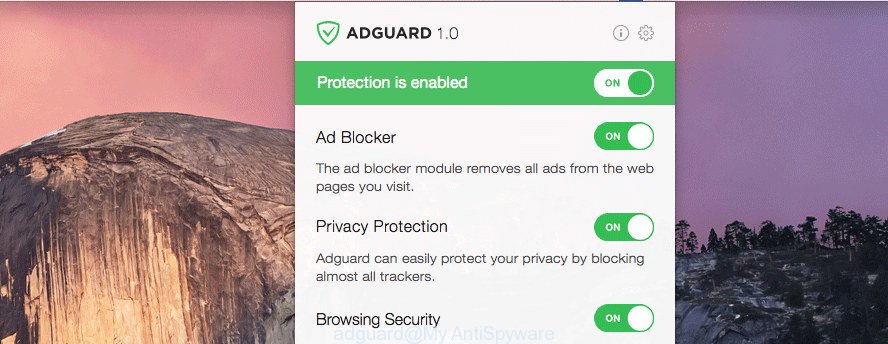
Installing the AdGuard is simple. First you’ll need to download AdGuard on your machine from the following link.
3780 downloads
Author: © Adguard
Category: Security tools
Update: January 17, 2018
Once the downloading process is complete, run the downloaded file. The “Setup Wizard” window will show up on the computer screen.
Follow the prompts. AdGuard will then be installed. A window will show up asking you to confirm that you want to see a quick instructions. Click “Skip” button to close the window and use the default settings, or click “Get Started” to see an quick tutorial that will help you get to know AdGuard better.
Each time, when you start your MAC system, AdGuard will launch automatically and stop annoying pop up advertisements, block malicious and misleading webpages.
Finish words
Once you have removed the BinaryEngine adware using the tutorial, Mozilla Firefox, Safari and Chrome will no longer display any unwanted advertisements. Unfortunately, if the steps does not help you, then you have caught a new adware, and then the best way – ask for help here.
